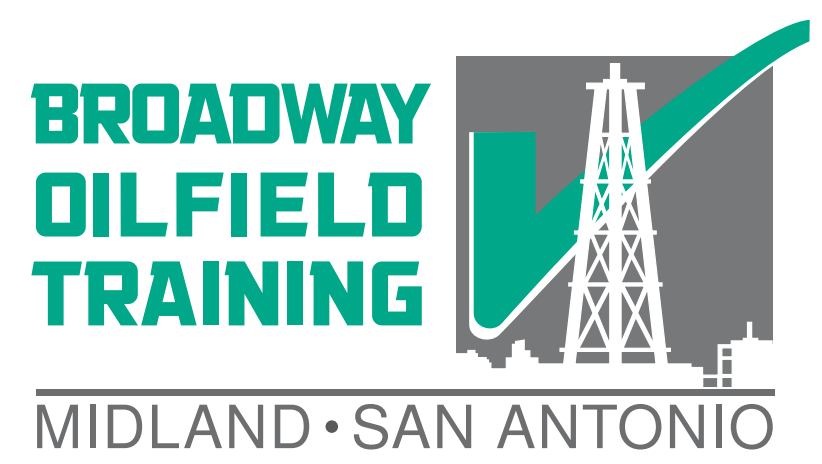There is one corner of the American oil patch where there are only three major operators and all three have distinctly different cultures. One of those was “work hard, play hard,” another was “find the best answer,” and the third was something along the lines of “no one should be getting ahead of me.” Needless to say, the first two cultures worked, people there had a healthy attitude and loved going to work every day. The third culture did not work, people were unhappy, attitudes were terrible, and production suffered.
This kind of performance is not shocking, but what is of interest to us operationally is what happened when a safety guy from the mean company culture moved to look after rigs at one of the happier companies. It was at a wildcat well where I saw the new safety guy show up to observe rig operations. The wildcat well was much deeper and more complicated than the safety guy was used to at his old company–which was limited in technical scope due to their company culture.
It wasn’t long before the safety guy saw something he didn’t like. Unfortunately, rather than using a good safety attitude to discuss his concerns with the rig hands, he brought the angry attitude from his old company with him. As his face turned red like a tomato screaming abuse at the hands, the men were visibly shaken. Rather than correcting some kind of safety infraction, the safety guy had actually made things worse, but hope was not lost: the tool pusher called an all hands safety meeting to discuss the importance of a good safety attitude-and then a lunch break. Most importantly, the angry attitude never came back, and a good safety attitude has stayed on the rig ever since.
ATTITUDE MISTAKE
One of the biggest mistakes that safety professionals make is using the wrong attitude to help workers do their jobs better. Safety professionals spend lots of time learning the minutia of how to follow the rules and regulations, so we expect them to find corrections and suggestions. When safety is used as a weapon that workers feel is wielded against them, instead of for them, a positive safety attitude has not been achieved.
Attitude is important, because a bad one can easily spread from every direction. If the field manager is upset, then it can be a struggle for the company man to shield the rig crew from the storm brewing above them. If one rig hand has a bad attitude, then the next can catch that attitude until they all have it. It can be difficult, if not impossible, to turn a poor culture around when the entire attitude has soured. As we observe time and again, workplaces with poor attitudes do not perform as well and the workers more often are hurt.
Recommended Training: SafeLand
